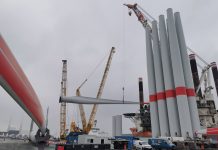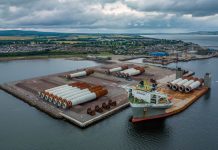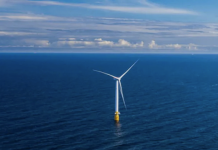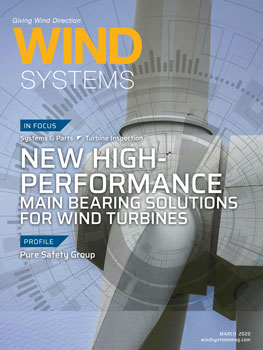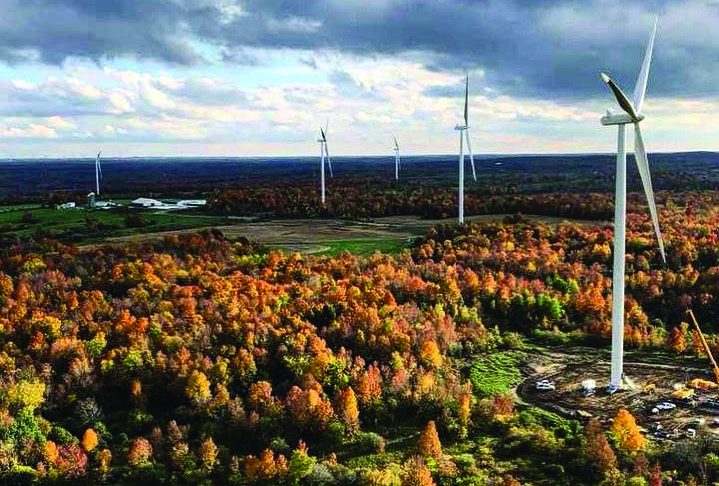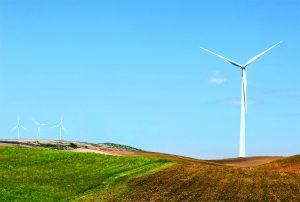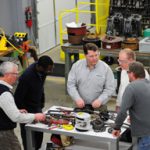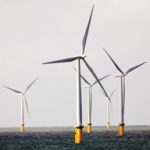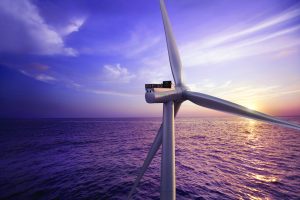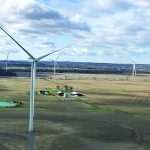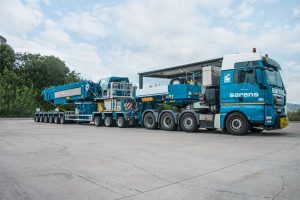Northstar Endeavors LLC of Omaha, Nebraska, recently signed an agreement with IntelStor LLC to provide services related to the commercial adoption of Northstar’s segmented wind-turbine tower technology.
The wind turbine tower market has long been dominated by conventional conical steel tube towers. As the industry seeks to exploit lower speed wind regimes with an emerging generation of larger wind turbines, new solutions for an economical wind turbine tower that is both tall and transportable will be required.
The benefit of the Northstar design is that it can be factory pre-assembled in segments and shipped to a project site on standard flatbed trucks instead of extra-long, heavy hauler trucks typically required for a conventional wind turbine tower.
This eliminates the need for special permits and eliminates the need for height restrictions for bridges and tunnels during tower transport. That opens up the economic viability of more wind-turbine project sites globally by reducing total installed cost.
Recent independent research indicates that the total transportation and installed cost of a segmented tower can actually be significantly less costly than other commercial solutions due largely to these lower transportation costs.
For truck transport, the logistics cost on a segmented tower can actually be between 50 and 80 percent cheaper than a conical steel tube tower of the same hub height due to the avoidance of heavy haulers in favor of standard flatbed trucks that require no special permits.
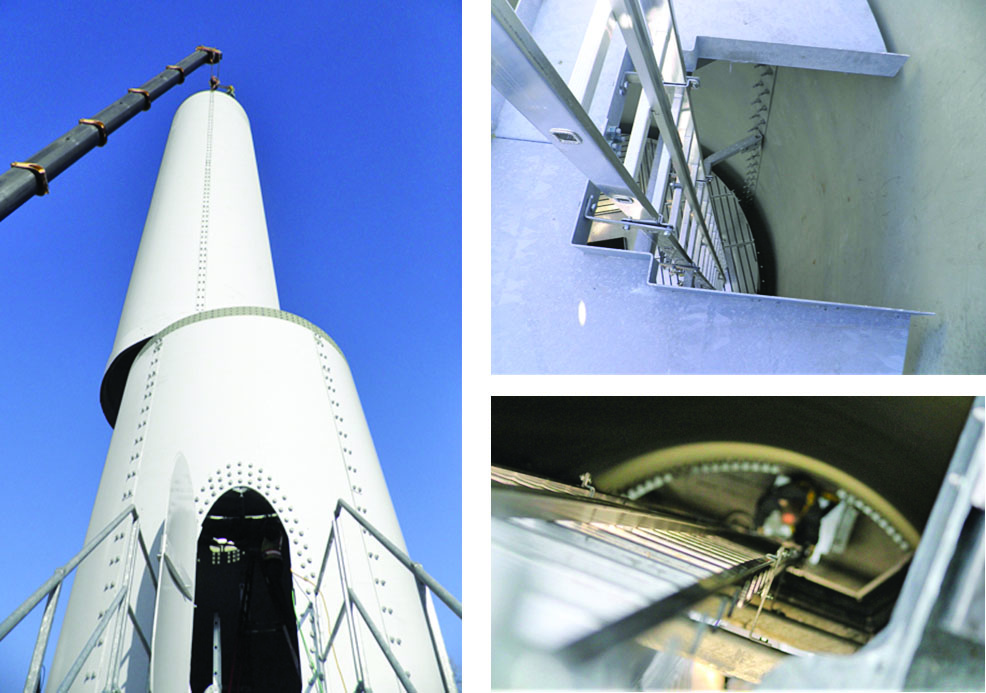
The savings on the transportation costs are further augmented by the reduction in installed costs, which can add up to an additional 14 to 23 percent depending on project site logistics and tower height. In spite of some need for on-site tower assembly, the pre-fabricated tower segments are simple to manipulate and do not require construction personnel to be suspended at height to complete any fittings.
Additionally, due to the segmentation of the tower, the tower base diameter can be allowed to expand between 6 to 8 meters depending on hub height. This wider base allows for better loads distribution and less material usage, which can lead to a cost savings which is upwards of 12 to 18 percent versus a conventional conical steel tube tower of the same height.
This can result in a total cost reduction of between 31 and 48 percent for a reference tower with hub heights of 120 to 160 meters using Northstar technology versus a steel tube tower or concrete / steel tube hybrid tower of the same hub height.
“We’re pleased to be partnered with IntelStor on this project, and this technology has been developed for more than a decade and proven through the installation of a prototype,” said Jeff Willis, president of Northstar Endeavors. “Our DNV GL certified design for a hub height of 80 meters allows us to serve as a bankable, verifiable option for the next decade of global wind energy growth.”
The Northstar tower technology is scalable for hub heights above 160 meters, which will become more common as project developers seek to repower projects or install new wind turbines that are 5-MW plus.
According to the agreement, IntelStor will be responsible for pursuing a technology license or asset acquisition agreement with a technology commercialization partner. Negotiations are already underway with interested parties, including tower vendors, wind turbine OEMs as well as EPC contractors in multiple countries.
More info www.intelstor.com/nda
















